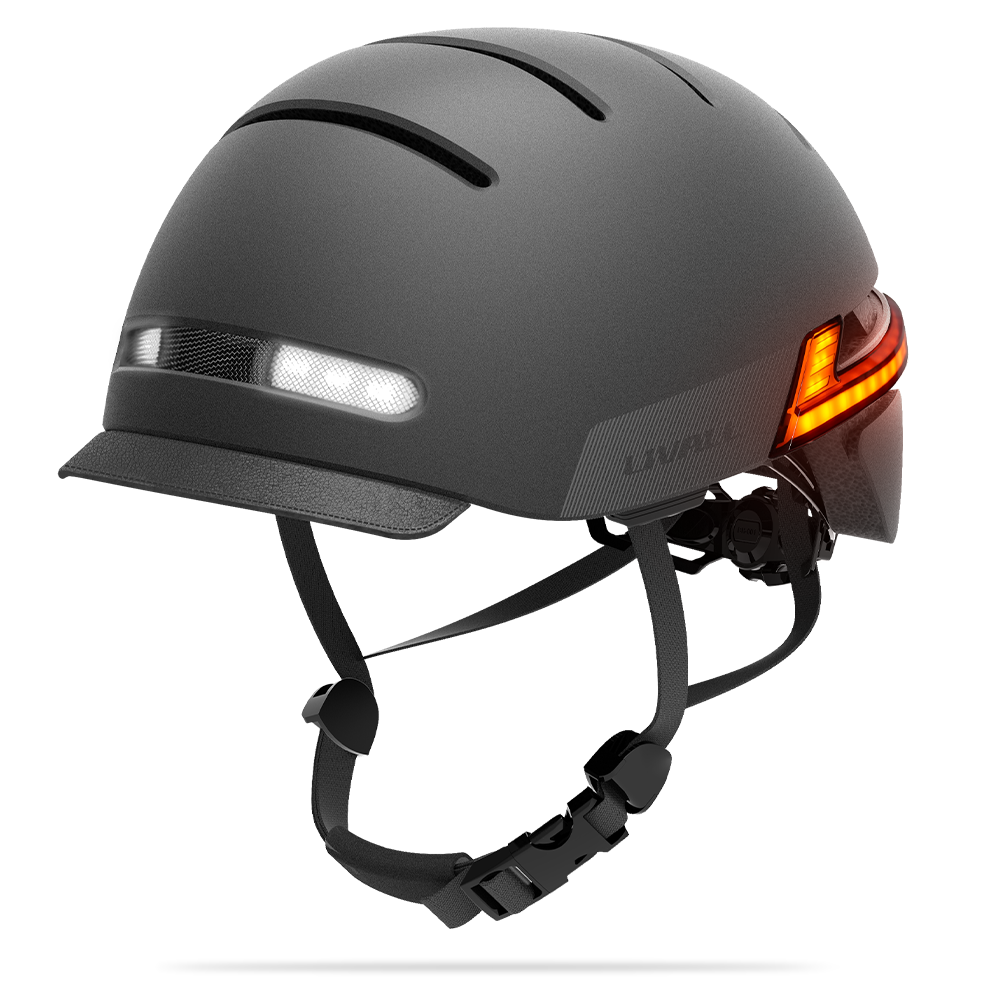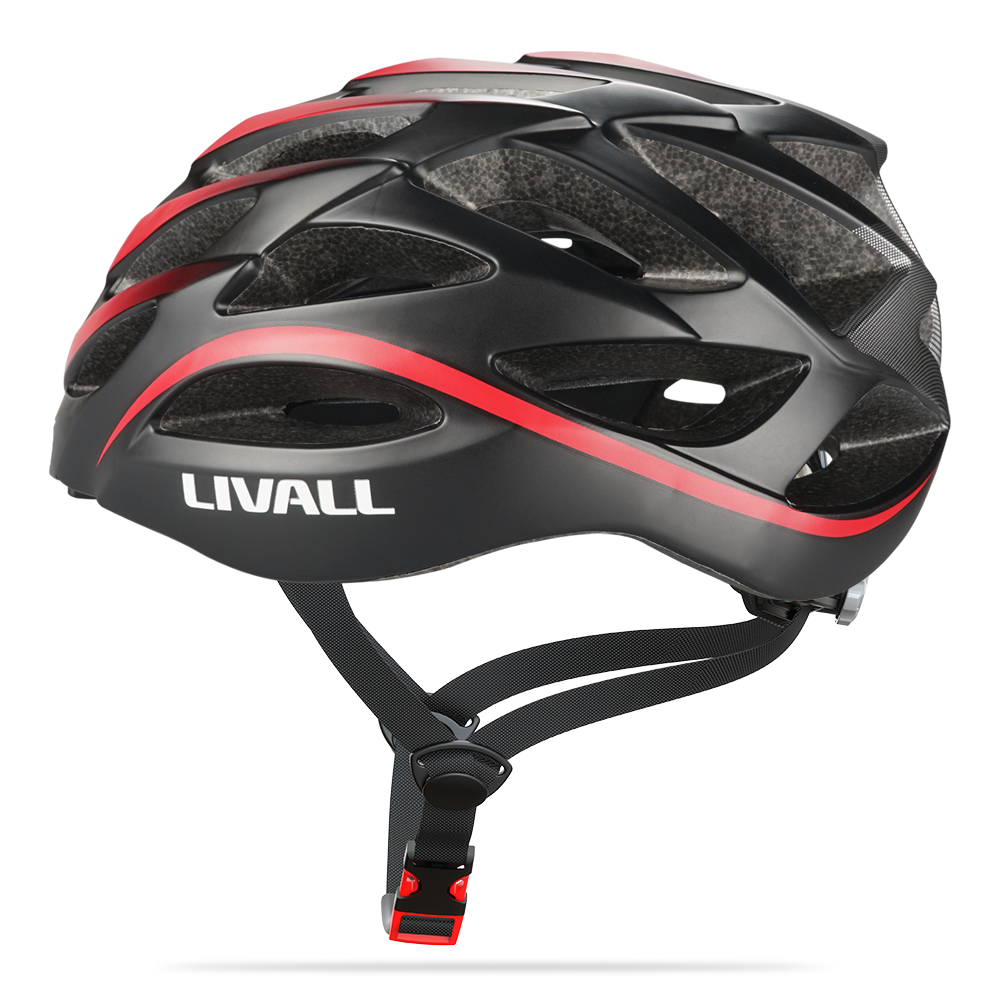What Type of Snowboard Helmet Should I Get
There are numerous designs for snowboard helmets, each offering different levels of coverage. Opinions vary widely on how much coverage is ideal. Generally, more coverage can enhance protection but often comes with the trade-off of additional weight.
Safety Certification of Ski Helmets
Safety certifications ensure that the helmet meets specific standards that can protect the wearer from injuries during accidents. Several organizations and standards set these certifications, each with stringent requirements.
One of the most recognized certifications is the CE EN1077 standard, primarily used in Europe. Helmets meeting this standard are rigorously tested for shock absorption, penetration resistance, and retention system effectiveness. The CE EN1077 standard is divided into two categories: Class A and Class B. Class A helmets offer protection against impacts and penetration over the top, sides, front, and back of the head. They provide a higher degree of safety but may be heavier. Class B helmets, while still offering robust protection, are lighter and have more ventilation, providing greater comfort at the expense of some coverage.
In North America, the ASTM F2040 is the benchmark. This certification ensures helmets are tested under conditions that replicate snowboarding and skiing impacts. Helmets with this certification must withstand significant impact forces and are tested for performance in cold temperatures.
Another significant certification is the Snell RS-98. Helmets with this certification undergo rigorous testing, including multiple impact tests, to ensure they provide the highest level of protection. The Snell Foundation's tests are among the toughest, making their certification a mark of superior safety.
Beyond these, the ISO/DIS 17092-6 is an international standard providing comprehensive requirements and testing methods for ski helmets. This standard ensures helmets offer protection from severe impacts and have effective retention systems to keep the helmet securely on the head during a crash.
The Coverage of Ski Helmets
Ski helmets are designed to provide comprehensive protection for the head, but the extent of this coverage can vary significantly between different models and designs. Understanding which parts of the head a ski helmet protects and the degree of protection offered is essential for making an informed choice.
Forehead protection is a critical feature of ski helmets. This area is often the first point of contact in a forward fall. Helmets with extended coverage over the forehead can help prevent severe injuries by absorbing impact forces. The front part of the helmet should fit snugly above the eyebrows, ensuring that the forehead is well-protected without obstructing vision.
The top of the head is another crucial area. Most impacts to this part of the head result from falls directly onto the snow or collisions with objects like tree branches or lift bars. A helmet's shell and inner padding must provide adequate cushioning to mitigate these impacts, spreading the force over a larger area to reduce the risk of injury.
Side protection is essential for safeguarding the temples and the area around the ears. Lateral impacts can occur during falls or when colliding with other skiers. Helmets with enhanced side protection typically have reinforced materials around these areas, offering better resistance to penetration and improved shock absorption.
The back of the head is another vital area that needs protection. In a backward fall, this area can take the brunt of the impact. Helmets designed with extended rear coverage ensure that the occipital region, which houses critical brain functions, is adequately protected. This extended coverage helps distribute impact forces, reducing the likelihood of severe injury.
Moreover, chin and jaw protection are features found in some ski helmets, especially those designed for more extreme conditions or competitive skiing. These helmets often have a full-face design, offering additional protection against facial injuries.
Should I Choose a Ski Helmet to Cover My Forehead or the Back of My Head?
Forehead coverage is crucial because the forehead is often exposed during forward falls. A helmet that extends down to cover the forehead can significantly reduce the risk of head injuries in such incidents. This type of helmet is particularly beneficial for beginners or those who frequently find themselves falling forward. Ensuring that the helmet fits snugly above the eyebrows can prevent injuries from frontal impacts and offer additional peace of mind.
On the other hand, back of the head coverage is equally important. The occipital region at the back of the head is highly susceptible to injury during backward falls, which can happen if you lose balance or get hit from behind. Helmets with extended rear coverage offer better protection for this vulnerable area. This is particularly important for snowboarders who might experience more backward falls than skiers due to the nature of their sport.
Balancing both types of coverage is the ideal solution. Modern ski helmets are designed to provide comprehensive protection, covering both the forehead and the back of the head. These helmets ensure that all critical areas are protected, reducing the risk of serious injury regardless of the direction of the fall.
A helmet that offers adequate coverage for both areas will typically be certified to high safety standards, ensuring it has been tested for impact resistance in all critical zones. This dual coverage design helps in distributing the force of an impact over a larger surface area, thereby minimizing the potential for severe injuries.
Is Different from Traditional Helmets
Smart helmets represent a significant advancement over traditional helmets, offering a range of features that enhance safety, convenience, and overall riding experience.
With a bluetooth connection, smart helmets enable you to record your sliding track, providing valuable data on your performance and progress. This feature is particularly useful for those who want to monitor their improvement over time or share their experiences with friends and family.
Listening to music while skiing is made much more convenient, as smart helmets eliminate the need for uncomfortable headphones. This allows you to enjoy your favorite tunes without completely isolating yourself from environmental noise.
Another remarkable feature of smart helmets is the fall detection function. This technology can detect when a fall has occurred and automatically send an alert to a designated contact.
Smart helmets also come equipped with a one-click SOS call feature, which can send your location to emergency services or a designated contact. In the event of an emergency, this feature can be a lifesaver, reducing the time it takes for rescue teams to locate and assist you.
Final Thoughts
Choosing a ski helmet is a personal decision influenced by individual comfort levels. It’s essential to try different helmets to find the one that suits you best. Get your ideal ski smart helmet at LVIALL!






























































Leave a comment